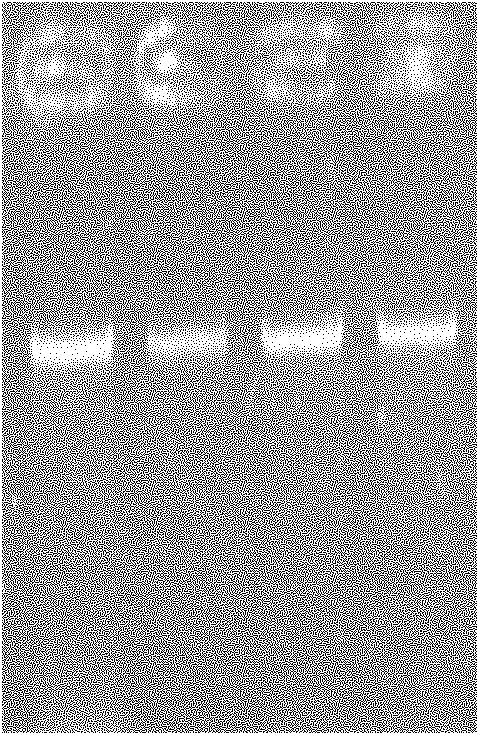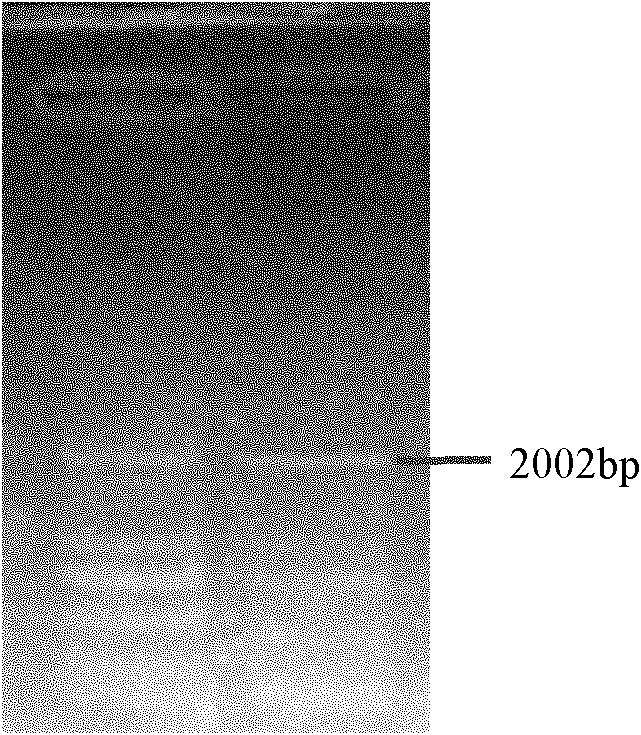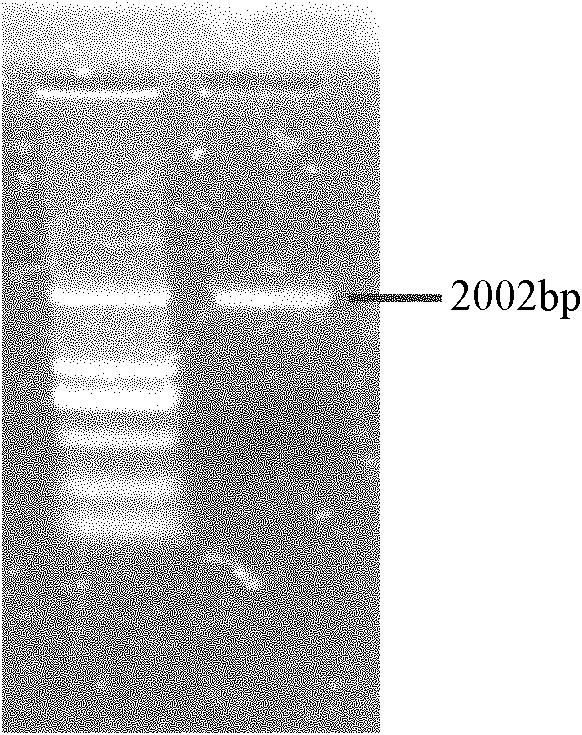Corn drought inducible gene promoters and activity analysis thereof
A drought-inducible, promoter-sequencing technology, applied in the field of cloning drought-inducible gene promoters in maize, can solve the problem of few inducible promoters
- Summary
- Abstract
- Description
- Claims
- Application Information
AI Technical Summary
Problems solved by technology
Method used
Image
Examples
Embodiment 1
[0047] Example 1: Cloning of the drought-inducible promoter of the maize CBL-interacting protein kinase gene (ZmCIPK16)
[0048] The promoter of the protein kinase gene (ZmCIPK16) of corn CBL interaction (promoter sequence comprises the DNA nucleotide sequence of the -1bp to -1773bp region relative to the transcription initiation site of SEQ ID NO: 1), in the corn ZmCIPK16 gene identified in the sequence of the 5' region.
[0049] The corn CBL-interacting protein kinase gene (ZmCIPK16) is registered in NCBI GenBank (accession number: EU907939.1), and the sequence listing shows the DNA sequence of the plant drought-inducible promoter and 5' untranslated region of the above-mentioned gene of the present invention. exist figure 1 In , the start codon ATG for protein synthesis is underlined, and the base A of the transcription start site is shown with +1. And use the promoter analysis website to analyze the core elements of the promoter. Promoter analysis website http: / / www.dna...
Embodiment 2
[0054] Example 2: Construction of Plant Drought Inducible Vector
[0055] The promoter of the corn CBL-interacting protein kinase gene (ZmCIPK16) cloned in Example 1 and the 5' untranslated region ZmCIPK16Pro (see sequence listing) of 216 bp were inserted into the vector to construct a plant drought-inducible vector.
[0056] More specifically, the plant expression vector pCAMBIA 1301 and the recombinant plasmid pMD 18-T::ZmCIPK16Pro were digested with EcoRI and NcoRI respectively ( Figure 6 ), and then they were inserted into the EcoRI and NcoRI restriction sites of the vector pCAMBIA1301. This vector is called pCAMBIA 1301::ZmCIPK16Pro, and is used to drive the expression of GUS gene, which was identified by enzyme digestion ( Figure 7 ) obtained the promoter fragment, which was the same as the expected result.
[0057] exist Figure 8 Among them, the gene GUS encoding β-glucuronidase was used as the reporter gene, and the selection marker was hygromycin resistance gene...
Embodiment 3
[0058] Example 3: Identification of the activity of the maize drought-inducible promoter of the present invention
[0059] By the electric shock transformation method, the carrier pCAMBIA 1301::ZmCIPK16Pro constructed in embodiment 2 is transferred in Agrobacterium tumefaciens EHA105, extracts plasmid ( Figure 9 ) and identified by enzyme digestion ( Figure 10 ).
[0060] In order to identify the drought-inducible activity of the promoter, the method of Jefferson et al. (EMBO J, 1987) was used to dry the embryos of maize and then detect the activity of GUS.
[0061] More specifically, soak the corn seeds to accelerate germination, then cut the seeds longitudinally, cut them in half, induce culture with 20% PEG for 24 hours, put the corn seeds in the GUS detection solution at 37°C overnight, GUS detection solution: 1mg / ml X-gluc (5-bromo-4-chloro-3-indole-β-D-glucuronide), 50mM sodium phosphate buffer solution (PH=7.0), 10mM EDTA, 0.5mM potassium ferricyanide, 0.5mM Potass...
PUM
 Login to View More
Login to View More Abstract
Description
Claims
Application Information
 Login to View More
Login to View More - R&D
- Intellectual Property
- Life Sciences
- Materials
- Tech Scout
- Unparalleled Data Quality
- Higher Quality Content
- 60% Fewer Hallucinations
Browse by: Latest US Patents, China's latest patents, Technical Efficacy Thesaurus, Application Domain, Technology Topic, Popular Technical Reports.
© 2025 PatSnap. All rights reserved.Legal|Privacy policy|Modern Slavery Act Transparency Statement|Sitemap|About US| Contact US: help@patsnap.com



